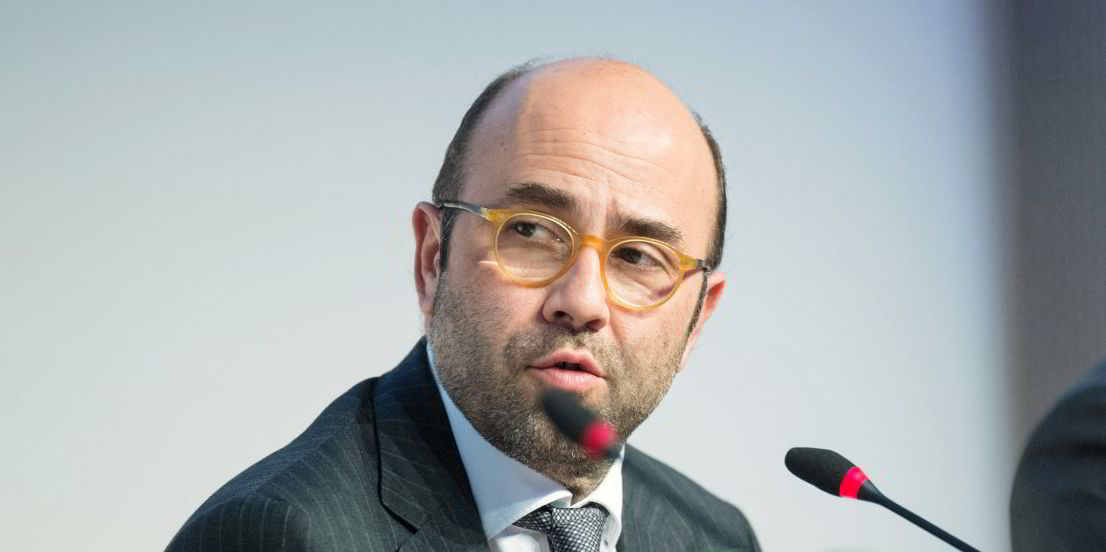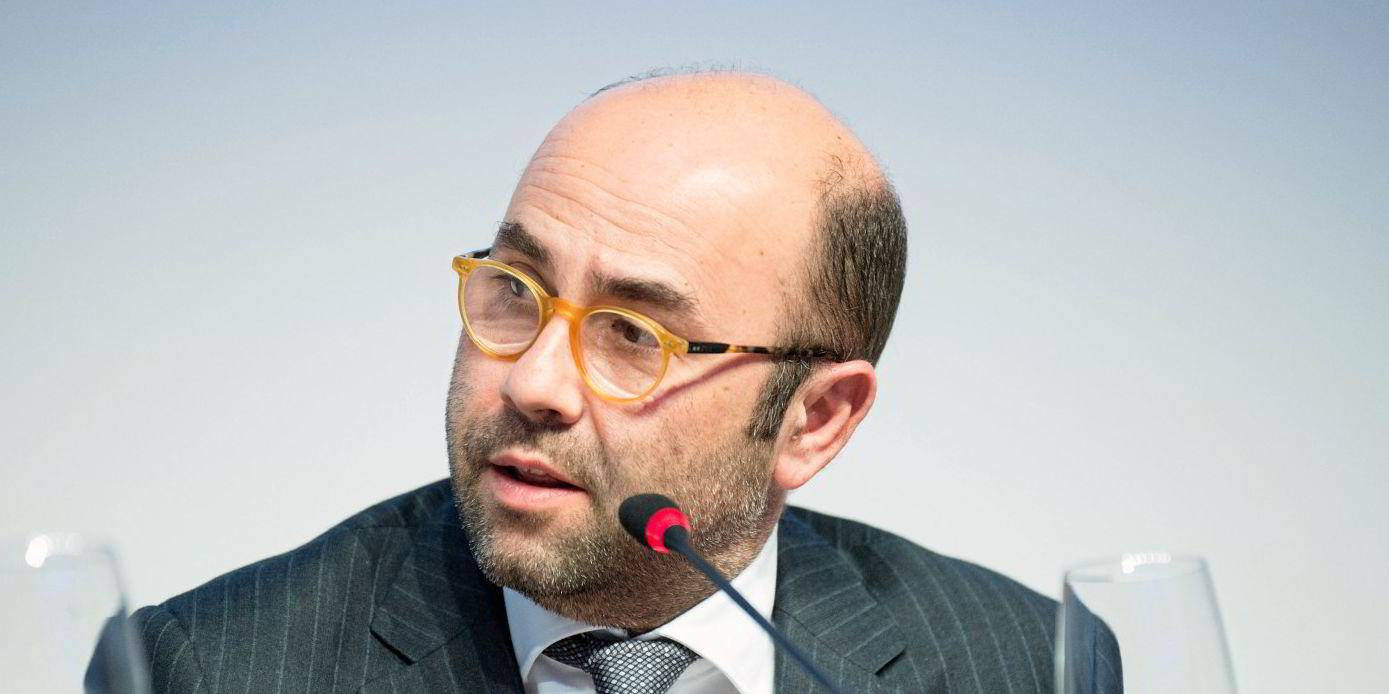Global Ship Lease (GSL) is looking to acquire more secondhand boxships after buying seven older post-panamaxes last month in a $116m sale-and-leaseback deal with AP Moller-Maersk.
The latest en-bloc purchase brings the New York-listed owner's fleet count to 50 ships, but the Ian Webber-led company is still on the prowl for more used assets in today's "hot" market.
"We will be focusing on midsize, middle-aged ships rather than young ships," executive chairman George Youroukos said on Thursday during a fourth-quarter call with analysts.
"Especially in a hot market like this, very young ships are becoming overly expensive and requiring a larger-than-our-appetite residual value risk to be assumed at the end of the charters.
"So we prefer to stay focused on what we feel is a more balanced risk-reward equation."
Older is better
He said buying older vessels is better for GSL's bottom line because it keeps loans for costly newbuildings off the balance sheet without having to wait two years for new ships.
"We're getting assets that are very much in demand," he said.
"These assets have a useful life in our view of 30 years given the developments on the new fuels, et cetera.
"So there's plenty of years ahead of us to, let's call it, milk them away."
Youroukos said the older ships may not be as efficient as brand-new ones, but GSL still comes out ahead by acquiring older ships at much lower prices.
"In this market, the difference with the fuel price at the levels they are, it's immaterial, the differences in fuel," he said.
"Of course, it always is reflected in the charter rate."
New ships are more efficient but...
He said newbuildings can probably earn up to $2,000 per day more than older ships but that extra money would go toward paying off loans for the pricey new vessels.
"So if you take that into account and also the interest expense of the larger loan that goes with brand-new ships, the advantage on the fuel efficiency vis-a-vis $1,000, $2,000 charter rate higher is diminished," he said.
"It's eaten away by the additional interest expense."
Further, GSL would not be able to capitalise immediately on the present high-demand, low-supply market if it were to wait two years for newbuilding deliveries, he said.
Chief executive Webber said GSL certainly wants to grow its fleet, but only in a way that boosts company profit.
"We're not targeting a fleet of 100 ships just because we want 100 ships," he said.
"As we keep saying, these transactions have to be immediately accretive."





